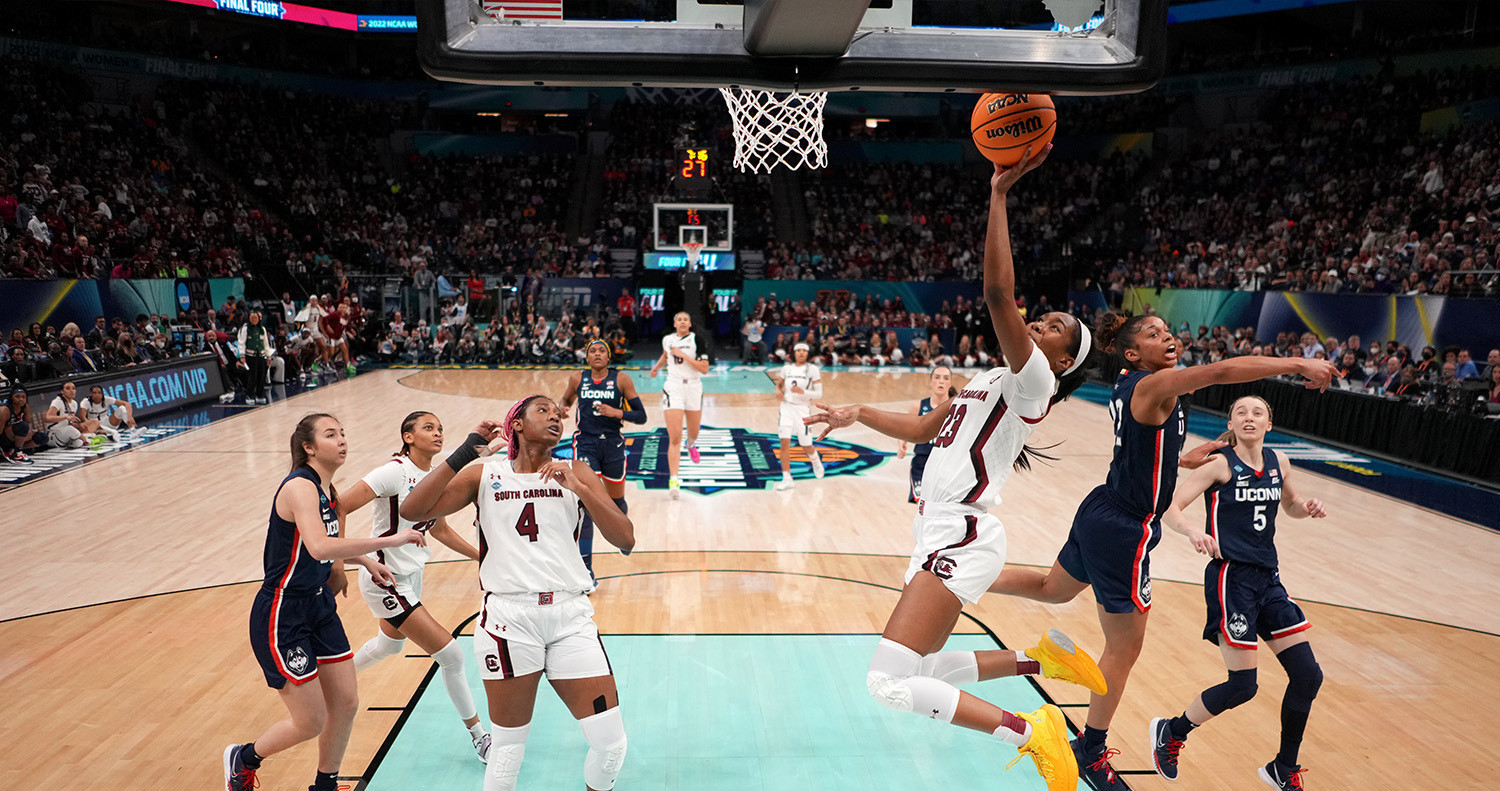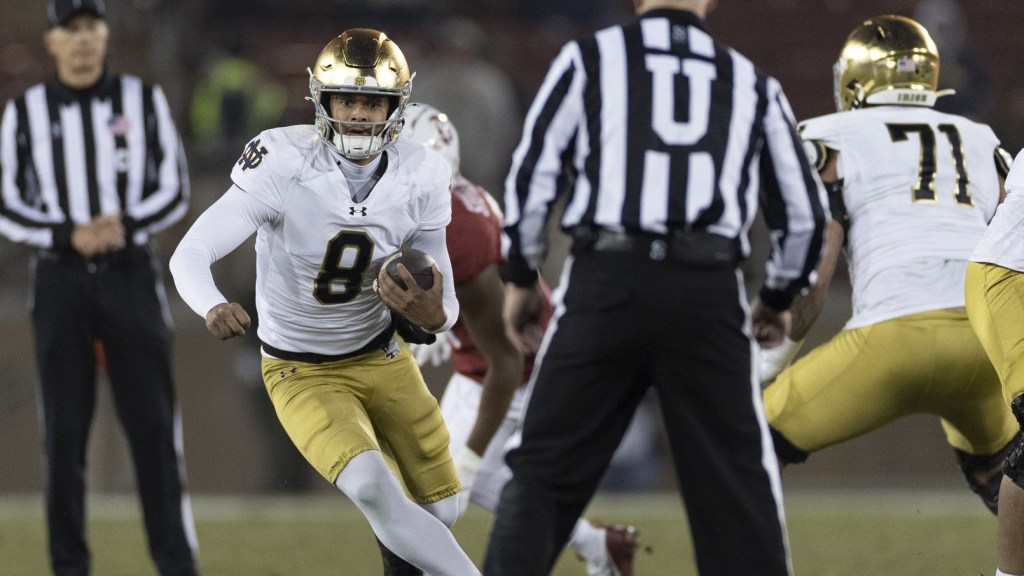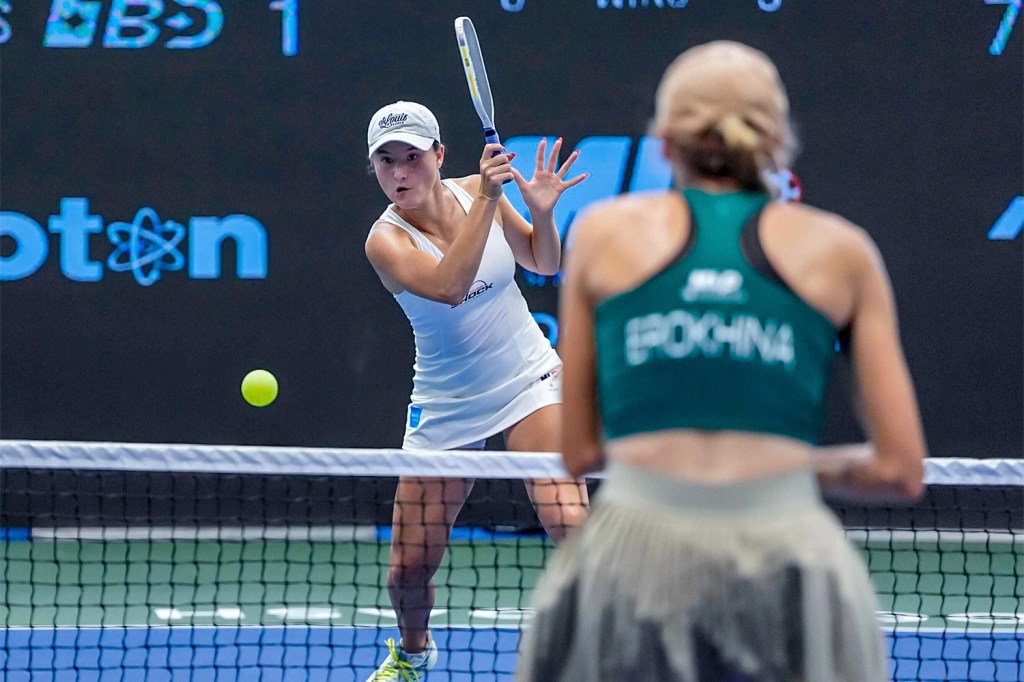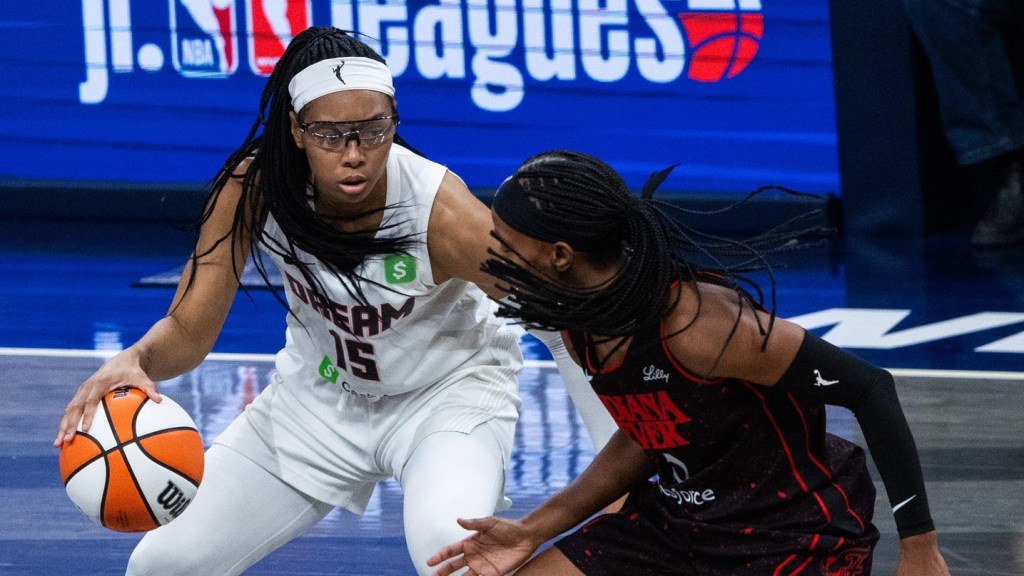Next Thursday, June 23, marks the 50th anniversary of Title IX — the civil rights law that prohibits federally funded schools from discriminating “on the basis of sex.” A major part of the law requires equal opportunity for participation between men’s and women’s sports.
As a result, Title IX has paved the way for all organized U.S. women’s sports — it’s allowed a pipeline from early childhood all the way up through college. That pipeline has helped create a professional women’s sports landscape.
Fifty years later, the growth has been staggering. And women’s sports have become more popular, lucrative, and sought-after by investors than anytime in U.S. history.
But despite the gains, women’s sports are hardly equal, and experts believe we’ve only tapped into a fraction of growth potential.
One of the major questions about how to accomplish this? Whether or not to combine women’s championships on the same stage as their male counterparts.
“Do you want to be able to chart your own path and stand on your own?” Arizona State sports historian Victoria Jackson told Front Office Sports. “Or do you join forces — and have not mixed-gender, but combined-gender events to line up in a more equitable way?”
FOS spoke with executives and experts about whether or not separate championships is the best model for another 50 years of major growth — and dove deep into two top examples: professional tennis and college basketball.
The Most Successful Combined-Championship Model
The four Grand Slam events in tennis are one of the few high-profile combined championships — and the setup is a major financial and logistical success.
According to experts, two major ingredients in tennis’ recipe include infrastructure and a fan base interested in all genders.
The history of the sport also has built-in fail-safes for equity, which took decades, experts said.
- They started with trailblazer Billie Jean King and others forming the WTA.
- It has its own tour and advocates for women’s players even as Grand Slams are owned and operated by national governing bodies.
“The business has been built over time,” WTA President Micky Lawler told FOS. “But for a long time I don’t think there’s a sponsor of a combined event, or a broadcaster, or a ticket holder that bought that ticket, or decided on that sponsorship, or decided to buy the media rights because of one [gender] or the other.”
The Grand Slams aren’t about men’s or women’s tennis. They’re a package deal.
“The value is in the totality of the property,” Lawler said. “And today, that is more true than ever.”
The upshot? Tennis fans who come to grand slams watch both the men and women. Women’s ratings are high — the 2021 U.S. Open women’s final, for example, outperformed the men’s. Since 2007, the prize money for all four Grand Slams has been equal, too.
The Final Four Conundrum
In the fall of 2021 — after inequities were exposed between the NCAA men’s and women’s basketball tournaments, and a gender equity report found dire structural issues — the NCAA announced it would consider combining the men’s and women’s Final Fours.
The current structure, according to Big East Commissioner Val Ackerman, creates a “natural limit” on growth. “The story of [the women’s] tournament is that it’s up against the men in every way, shape, or form.”
Ackerman, who has been advocating for combined Final Fours since 2013, believes they would allow the college sports industry to attend both — which could increase ticket sales, outside events, and the overall platform. Fans and media wouldn’t have to choose, either.
The equity report supported the combined idea because the NCAA’s sponsorship agreement already favors men’s basketball:
- It requires sponsors to activate at the men’s Final Four before agreeing to any other sport. There’s no a-la-carte sponsorship, so the women get shafted.
- Combining the events would provide a band-aid for this issue — that, because of the current sponsorship contract with CBS/Turner, will exist at least for another decade.
As for the downsides?
- A fear that the men would “overshadow” the women was the major concern among coaches, according to a survey conducted by the Women’s Basketball Coaches Association.
- If that’s the case, then the women’s tournament would be treated like an opening act or side show — and its overall growth could be stunted.
- Hosting both Final Fours in the same place would pose a significant logistical challenge too, as not every city is equipped to host a larger event.
Ultimately, the governing body punted on the idea until at least 2031, much to the chagrin of Ackerman. West Coast Conference Commissioner Gloria Nevarez, too, told Front Office Sports she thinks the NCAA should at least try it.
Ackerman pointed out that despite all the growth in the women’s game, it still doesn’t put up equal ratings, ticket sales, and general fanfare. Ticket sellouts for an 18,000-fan arena and a championship game that averaged 4.85 million viewers were major. But they hardly compare with the men’s 70,000-plus spectator arena and 18.1 million viewers.
“Is this the best event that this can be? Or could it be bigger? Could it be better?” Ackerman thinks there’s a future where the women’s tournament rivals the men’s.
The Next 50 Years of Title IX
The next half-century is a chance for women’s sports to continue building on major momentum. But is it time to look beyond the existing sports structure?
The potential pros and cons of the Final Four idea are indicative of the factors any sport — from professional golf to the World Cup — would consider: infrastructure, fan interest, media rights, sponsorships, and the overall well-being of the women’s sport.
As far as tennis is concerned, for example, it might be time to continue capitalizing on a structure that is clearly working.
During the pandemic, the WTA and ATP increased their collaboration, creating joint marketing teams. The next “natural step,” according to Lawler: combining the tours altogether.
But for other sports, the choice may not be so intuitive. Nicole LaVoi, the director of the Tucker Center for Research on Girls and Women in Sport, is one of the experts who isn’t sold on combining events that are currently separate.
“Precisely at the time where women’s sport — viewership is on the rise, sales are on the rise, corporate sponsorship is on the rise … Why would right now be the time where we’re having conversations about combining it with the men’s when we have proven that women’s sport is a viable standalone product?” LaVoi said.
But even if the efforts ultimately fail, other stakeholders asked FOS: Why not give it a try?
| Register here to join Front Office Sports’ virtual Title IX summit on June 23, as we celebrate the historic milestone anniversary, featuring intimate conversations with some of the most influential female athletes and business leaders. Hope to see you there! |
















